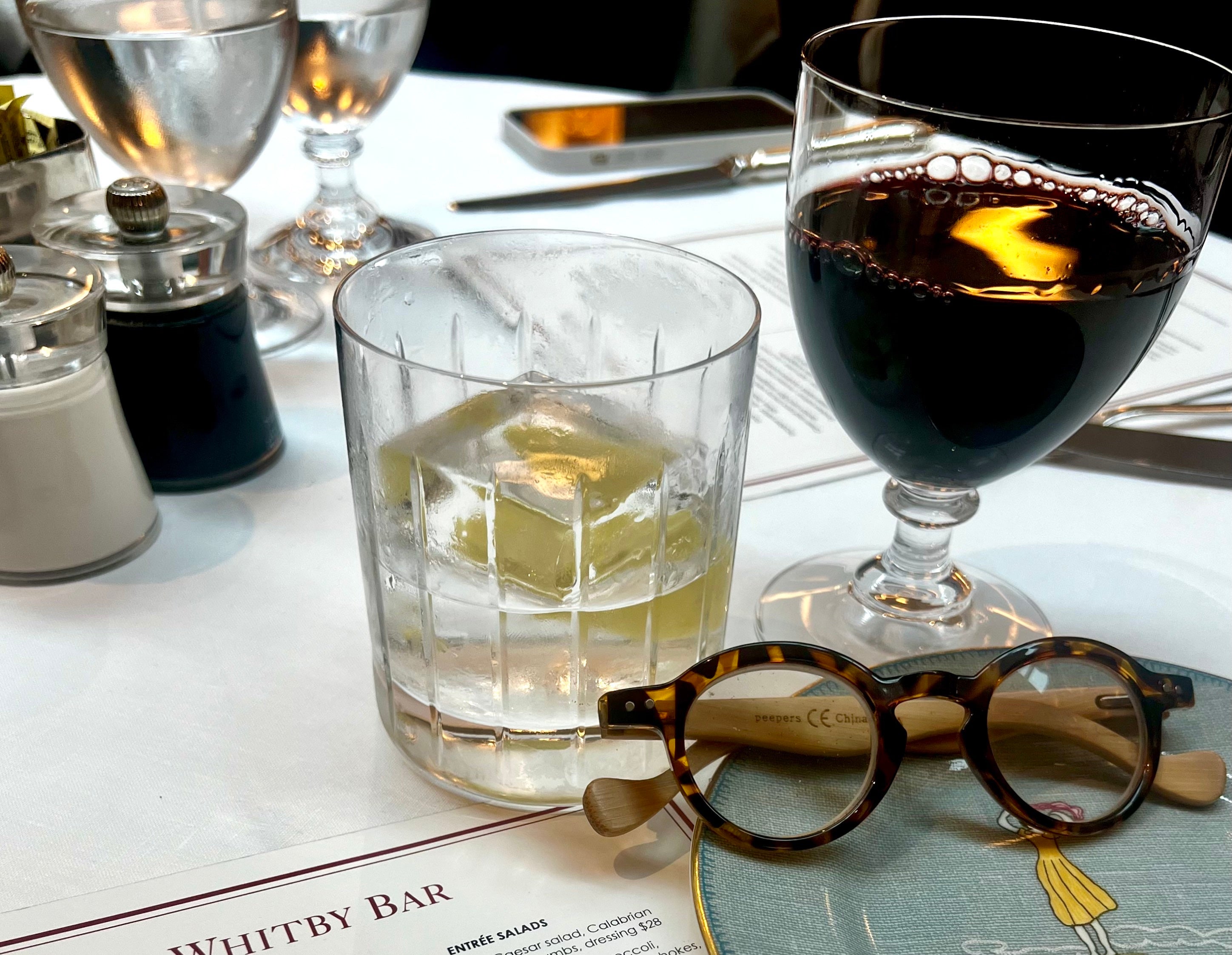Food & Recipes, Home Entertaining, Lifestyle, Red Wine
Rosé is a Rose by Any Other Name?
There’s just so much more to your wine than just a name!
First, a little story. I was with a friend who is a real muscle car geek. This man knows every make, has details about every model, knows things about particular years that boggles the mind, and I think has either owned or ridden in just about every one of them.
That’s why I was a little amused when he almost got whiplash and craned his neck to watch what appeared to me an older blue car fly by going in the other direction.
“Oh, that’s such a sweet ride!” he exclaimed like a teenager.
“What was it?” I asked.
He had such a big grin. “A 1967 Camaro Rally Sport hardtop – with original black stripes! In metallic blue.”
I’m always appreciative of other people’s passions. That’s how I get about wine.
What for one person is “just another rosé” – to me, is a whole world of detail.
There’s a difference between what is recognized as Old World Wine and what is New World. New World Wine comes from regions where winemaking and the Vitis vinifera grape was exported from Europe during the Age of Exploration (roughly 1500 through the very early 1800s). The Americas, South Africa, Australia, and New Zealand are New World – everywhere else – Old World. Old World rosé tends to be bone-dry while New World can be almost sweet, fruitier.
Another thing about rosé that surprises most people is that it starts off white. Almost all red skinned grapes – like pinot noir, cabernet sauvignon, zinfandel – have white to “off green” flesh, and the squeezed juice is clear. So, what makes them red? The anthocyanin pigment in the dark skin of the grape. The red color or pinkness (and the flavor associated with the finished rosé) is determined by the amount of contact the clear juice has with the skin.
Cool, right?
There are basically four ways to make rosé wine:
- First, there’s something called Bleeding or Saignée (usually the best quality rosés are made with this method)– the grapes are stacked in a tank and the weight of the grapes actually does the crushing. Some of the juice is “bled-off” into another tank after limited contact with the skins making this the palest in color of the rosés. The rest is kept in the tank for making red wines.
- Pressing or pressé where red skinned grapes are pressed until the desired color is reached at which point the winemaker stops pressing.
- Limited Maceration – which is the most common technique – leaves the juice in contact with the skins, seeds, and stems. Usually, this goes on for no more than two or three days until the juice is the color the winemaker wants at which point the juice (without all those seeds, stems and skin) is transferred to another tank to finish the fermentation.
- Finally, there’s the Run Off method where the winemaker removes some of the juice of fermenting red wine and pours it into a separate tank. By doing this, the winemaker can make a red wine that’s a bit darker and more intense.
Rosé is typically drunk when it’s very young – 1-3 years old. So, what’s the best rosé to serve for a dinner party? It all depends on what you’re serving – the drier the wine the easier it is to pair with salads, vegetables and grilled proteins. The sweeter the rosé the better it would be with dessert or enjoying the sunset. Rosé is an ideal wine to enjoy all year long but particularly in the summer/warmer months.
If you like a drier Old World rosé, then pick up a bottle of Miraval Rosé, from the Chateau Miraval in Provence, France. The nose (aroma) can be a bit sweet with strawberries and raspberry notes but because of the different grapes it’s blended with (Grenache, etc.) it is slightly acidic on the palate. It would pair well with raw salmon, tuna (like a tartare or sushi) or something similar to a Niçoise Salad.
Another Old World rosé called Pive (Pea-vé) is from the JeanJean winery in the wilderness of the Camargue national park France and is organically farmed. This one tends to be a bit more aromatic – strawberry, raspberry fruit, some earth, spice and mineral characters but is bone dry and very fresh. This would be great with BBQ and grilled meats as well as fish/shellfish. It’s a really great summer picnic wine.
The Brut Rosé from Gruet is one of my favorite sparkling wines when I want something a bit sweeter. It’s from the New World – New Mexico – with floral and berry aromas and flavors of cherry, raspberry and wild strawberry with a delicate acidity on the finish. It goes well with a chilled salad!
I always recommend that you talk to your wine merchant and ask questions. Let them know the wines that you like to drink – and what you’re planning for a meal. It’ll help them pick the right rosé for you.
And don’t forget keep your rosé chilled and – if it’s a party – buy magnums!
























